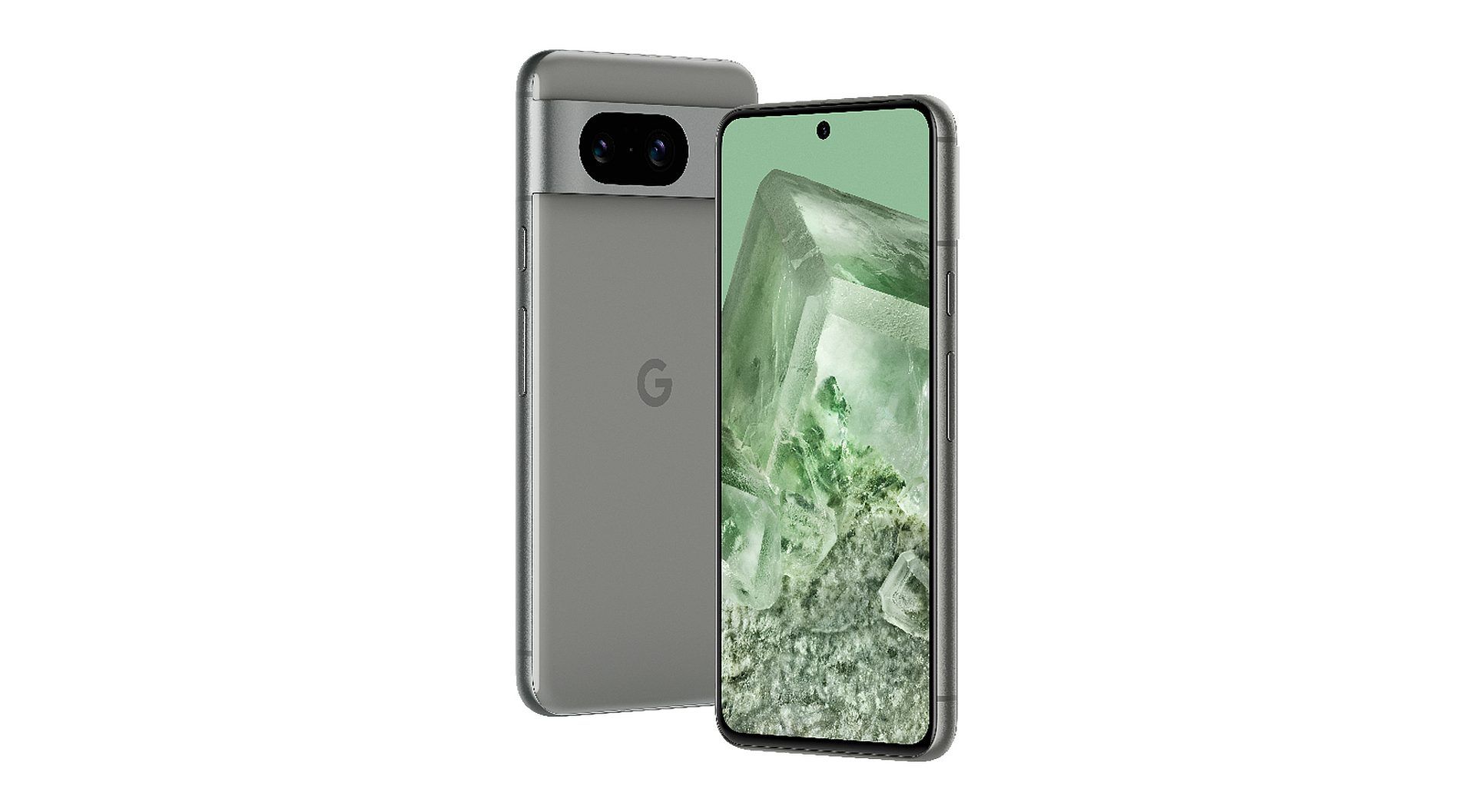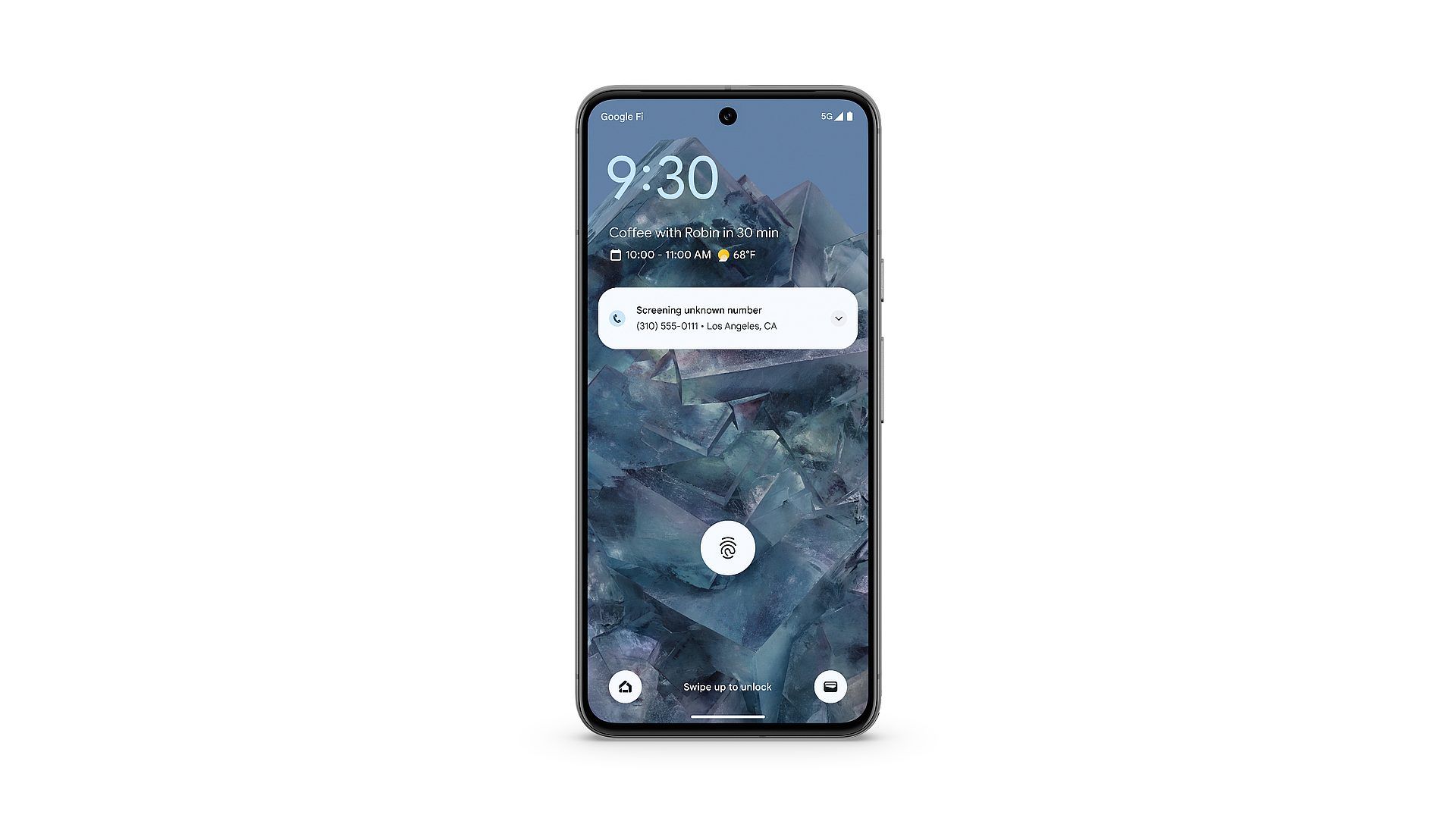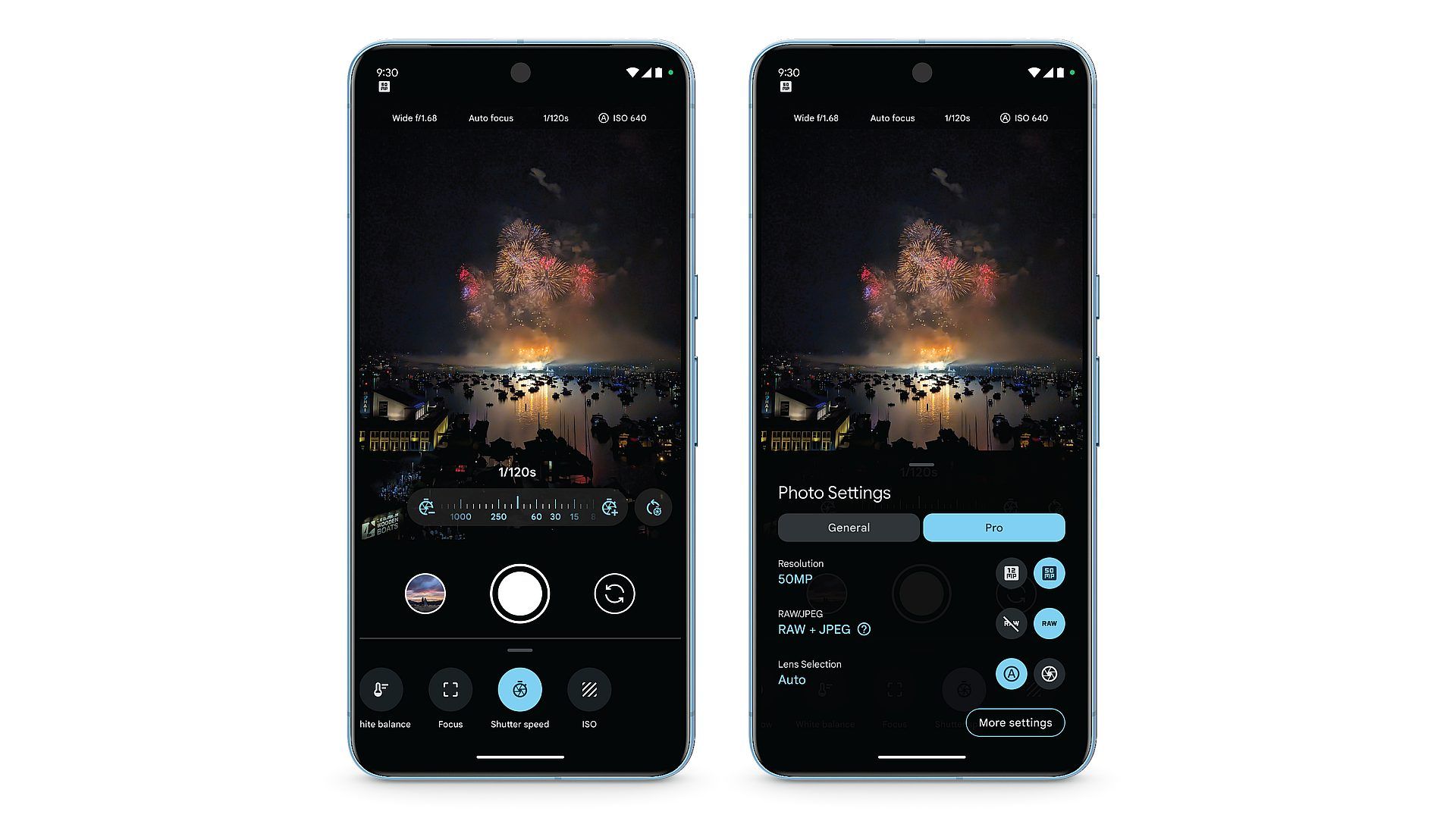Google Pixel 8 vs Pixel 8 Pro is here! Get ready to embark on a journey through the digital universe, where Google’s latest creations, the Pixel 8 and Pixel 8 Pro, await your exploration. In a world where smartphones are our daily companions, these Android flagships beckon with a promise of innovation and excellence. The question looms: which one is the cosmic companion for your journey?
Join us as we navigate the galaxy of features, specs, and dazzling possibilities to uncover the answer in this thrilling showdown between the Pixel 8 and its Pro sibling. Buckle up; it’s time for the ultimate smartphone face-off!”

Google Pixel 8 vs Pixel 8 Pro: Which one is for you?
Let’s break down the key differences between the Google Pixel 8 and the Pixel 8 Pro step by step:
Size and build
- Pixel 8: The Pixel 8 is the smaller of the two, measuring 5.9 by 2.8 by 0.4 inches and weighing 6.6 ounces.
- Pixel 8 Pro: The Pixel 8 Pro is larger and heavier, measuring 6.4 by 3.0 by 0.3 inches and weighing 7.5 ounces. It’s roughly the same size as the previous Pixel 7 Pro.
Display
- Pixel 8: The Pixel 8 features a 6.2-inch OLED display with a resolution of 2,400 by 1,080 pixels, offering a pixel density of 428ppi and a variable refresh rate that switches between 60Hz and 120Hz.
- Pixel 8 Pro: The Pixel 8 Pro sports a larger 6.7-inch OLED screen with a resolution of 2,992 by 1,344 pixels, providing a higher pixel density at 489ppi and a variable refresh rate that ranges from 1Hz to 120Hz.

Display brightness
- Pixel 8: The Pixel 8’s screen can reach an average brightness of 1,400 nits and a peak brightness of 2,000 nits.
- Pixel 8 Pro: The Pixel 8 Pro boasts even higher brightness, averaging 1,600 nits and reaching a peak brightness of 2,400 nits. This makes it ideal for outdoor use in direct sunlight.
Processor
- Both Phones: Both the Pixel 8 and Pixel 8 Pro are powered by Google’s custom Tensor G3 SoC (system-on-a-chip), designed for AI capabilities and features like call screening and image processing. While it may not excel in benchmarks, it’s optimized for Google’s software and machine learning.
Memory and storage
- Pixel 8: The Pixel 8 offers 8GB of RAM and storage options of 128GB or 256GB.
- Pixel 8 Pro: The Pixel 8 Pro comes with a more generous 12GB of RAM and storage choices of 128GB, 256GB, 512GB, and a 1TB variant (exclusive to the US).
Camera
- Main Camera: Both phones feature a 50MP main camera with an f/1.68 aperture, but the Pixel 8 also offers 8x Super Res Zoom for enhanced zooming.
- Ultra-Wide Camera: The Pixel 8 has a 12MP ultra-wide camera, while the Pixel 8 Pro boasts a 48MP ultra-wide camera.
- Zoom Camera: The Pixel 8 Pro includes a 48MP telephoto camera with 5x optical zoom and up to 30x Super Res Zoom, a feature not found in the regular Pixel 8.
- Front Camera: Both phones use a 10.5MP front-facing camera, but the Pixel 8 Pro adds autofocus to improve selfie quality.

Software enhancements
- Both Phones: Both Pixel 8 models rely on software wizardry to power features like Magic Eraser, Photo Unblur, and Best Take.
- Pixel 8 Pro: The Pixel 8 Pro introduces new Pro controls that allow for quick adjustments such as ISO, shutter speed, and exposure in the camera app, based on user feedback.
Video capture
- Both Phones: Both the Pixel 8 and Pixel 8 Pro support up to 4K resolution at 60fps on both front and rear cameras.
- Pixel 8 Pro: The Pixel 8 Pro will eventually offer exclusive features like Night Sight video and Video Boost for HDR+ video through future updates.
Price
- Pixel 8: Starting from $699.99
- Pixel 8 Pro: Start from $999
In summary, the Pixel 8 and Pixel 8 Pro offer distinct advantages. The Pixel 8 Pro has a larger, brighter display, more RAM and storage options, advanced camera capabilities (including zoom), and additional camera features. The regular Pixel 8, on the other hand, provides a more compact design, excellent performance, and a more affordable price point.
Google Pixel 8 vs Pixel 8 Pro – it’s not just about dimensions; it’s about the experience. So, your choice ultimately depends on your priorities, budget, and how you plan to use your smartphone. Both models, however, promise a top-tier Android experience with Google’s latest innovations.
Featured image credit: Google




